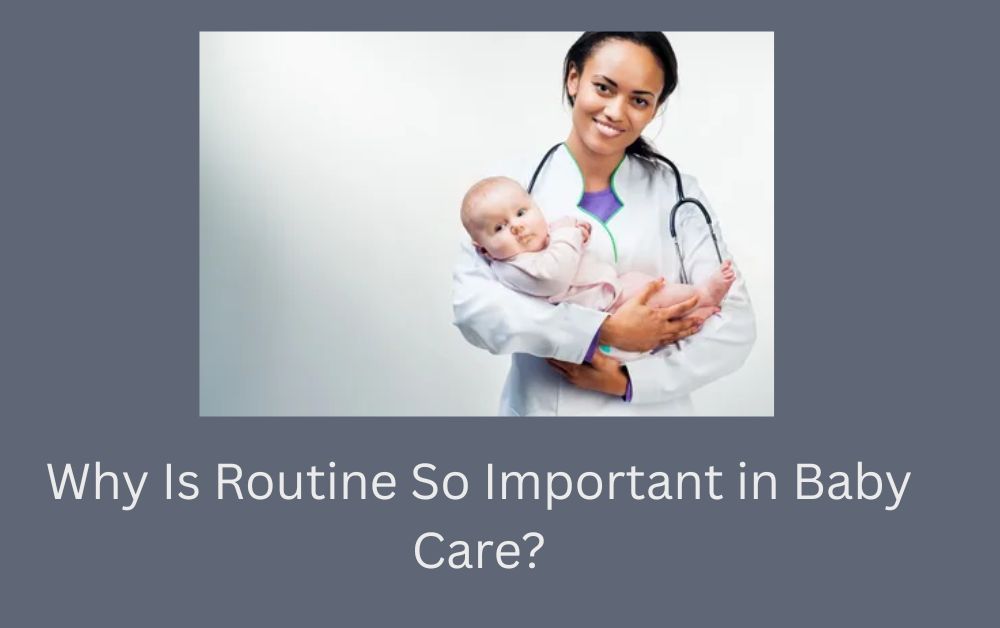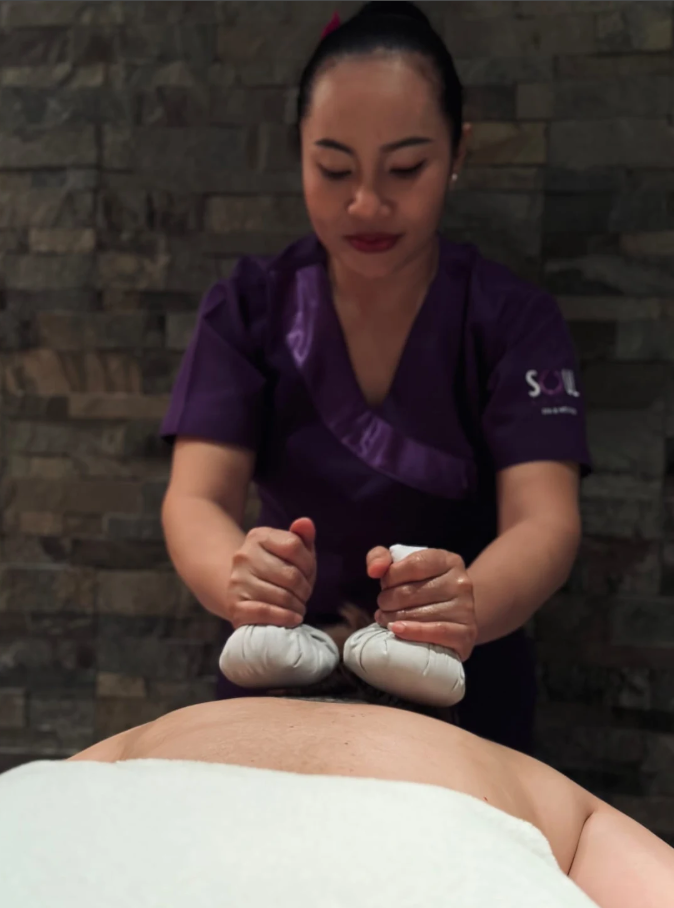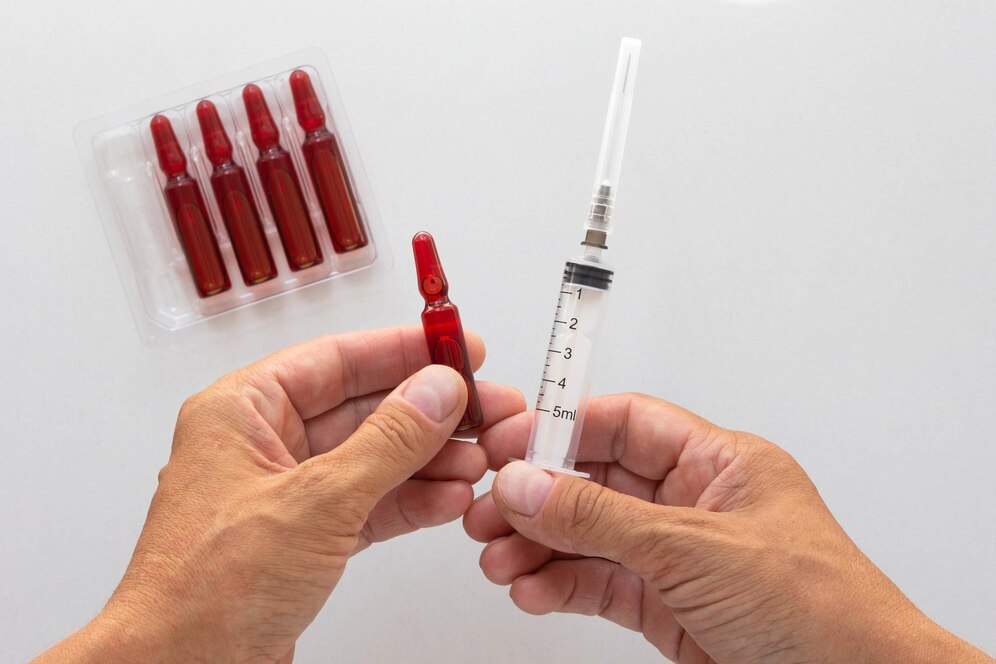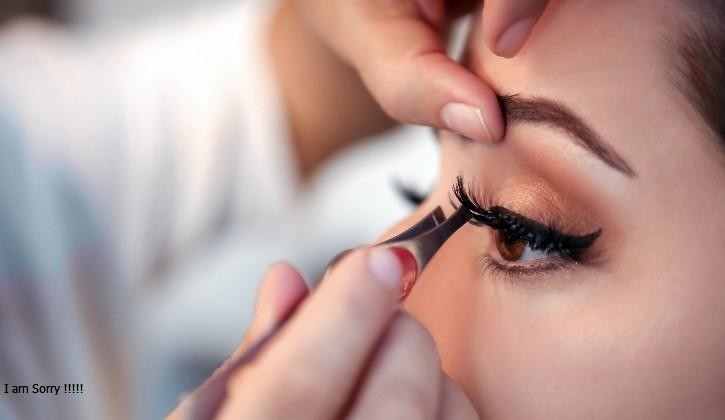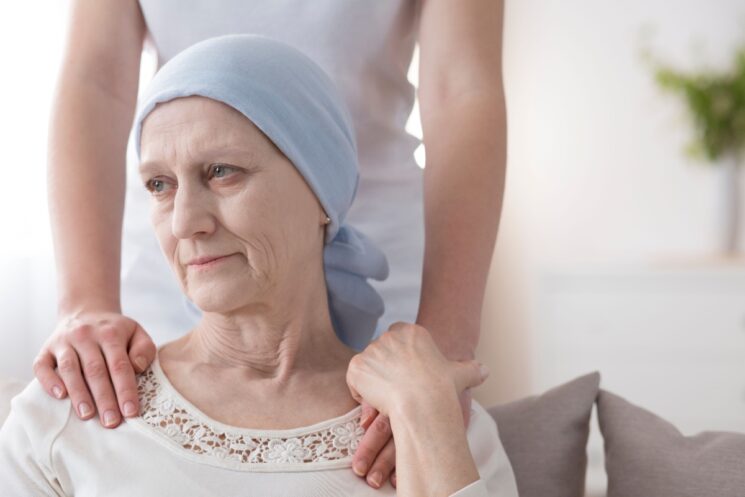Caring for a loved one with cognitive impairments isn’t just about helping with daily tasks. It’s also about making sure they stay safe at all times. Some seniors or individuals with disabilities wander off, forget to turn off appliances, or don’t recognize danger, which can put them at serious risk.
If this sounds familiar, you might wonder if Protective Supervision in Los Angeles is an option. This program provides funding for caregivers who monitor individuals that cannot be left alone due to cognitive impairments.
But not everyone qualifies. The process is strict, and many families face denials due to missing documentation or misunderstandings about the eligibility rules.
To help, we’ll cover:
- The five key qualifications for Protective Supervision
- Common cognitive conditions that make someone eligible
- How to strengthen your application and avoid common mistakes
Understanding the qualifications beforehand can save you time, stress, and frustration if you’re considering applying for this service.
Who is Eligible for Protective Supervision in Los Angeles
- The Individual Must Be Enrolled in IHSS
Protective Supervision isn’t a standalone service. It’s part of In-Home Supportive Services (IHSS)—a California program that helps eligible individuals receive care at home instead of moving into a nursing facility.
This means:
- If your loved one is not already enrolled in IHSS, they must apply first before requesting Protective Supervision.
- IHSS assists with daily activities like dressing, cooking, and personal care. Protective Supervision is an additional benefit for those who need constant monitoring.
- The Los Angeles County Department of Public Social Services (DPSS) handles IHSS applications and assessments.
So before diving into the Protective Supervision process, ensure your loved one is already approved for IHSS. If they aren’t, that’s your first step.
- The Individual Must Have a Qualifying Cognitive or Mental Impairment
Protective Supervision isn’t for physical disabilities alone. The key requirement is that the person has a cognitive condition that prevents them from recognizing danger.
Some common qualifying conditions include:
- Alzheimer’s disease or dementia – Forgetting to turn off the stove, wandering outside at night, or getting confused about familiar surroundings.
- Traumatic brain injury (TBI) – Memory loss, impulsive decision-making, or confusion about safe vs. unsafe situations.
- Developmental disabilities – Intellectual disabilities, autism, or other conditions requiring constant monitoring.
- Severe mental health conditions – Schizophrenia, bipolar disorder, or other psychiatric illnesses that impact judgment and awareness.
A key point: A doctor must document the impairment (we’ll get to that later). Simply saying your loved one has dementia isn’t enough—the county will require proof.
- The Individual Must Require 24/7 Supervision
This is where many applications get denied. Protective Supervision is only for individuals who need constant monitoring—not just help with specific tasks.
To qualify:
- The person must be at risk of injury at all times—not just during specific activities.
- They must have documented patterns of self-endangering behavior.
- If they can be left alone for any period safely, they may not qualify.
For example, if a senior forgets to lock doors or leaves the stove on, but they don’t do it frequently enough to be considered a constant risk, they may not be approved. The county always looks for consistent behaviors that show a clear need for supervision.
If your loved one’s condition only affects them at certain times of the day, consider other IHSS services instead.
- The Dangerous Behaviors Must Be Unintentional
Protective Supervision covers accidental self-harm—not intentional actions.
This means:
- The person’s behavior must be unintentional and due to their cognitive impairment.
- If they make conscious decisions to engage in risky activities (such as self-harm due to depression), they may not qualify.
- The county will evaluate if the individual knows what they are doing when they put themselves in danger.
For example, a senior with Alzheimer’s who wanders outside in the middle of the night, confused about where they are, would likely qualify. However, a person who understands the risks but chooses to ignore them may not.
The distinction between intentional and unintentional behavior significantly determines whether an application gets approved or denied.
- A Medical Professional Must document the Need for Supervision.
A doctor’s report is one of the most essential pieces of the application. Without clear medical proof, the county is likely to deny the request.
To meet this requirement:
- A licensed physician must diagnose the individual with a qualifying cognitive condition.
- The doctor must explain why the individual cannot be left alone safely.
- Families should keep records of dangerous incidents, emergency room visits, or caregiver notes to support the case.
The county isn’t just looking for a diagnosis—they need evidence that the person’s condition puts them in danger. The more documentation, the better.
What’s Next?
Protective Supervision is a lifeline for families caring for loved ones with cognitive impairments. However, not everyone qualifies.
To be eligible, a person must:
- Be enrolled in IHSS
- Have a documented cognitive or mental impairment.
- Require 24/7 supervision to prevent harm.
- Exhibit unintentional self-endangering behavior.
- Have medical proof from a doctor
If you’re considering applying for Protective Supervision in Los Angeles, gather medical documentation, track incidents, and fully understand the requirements before submitting your application.
The process can be challenging, but you don’t have to navigate it alone. All Seniors Foundation provides resources, guidance, and support to help families get the care their loved ones need.


